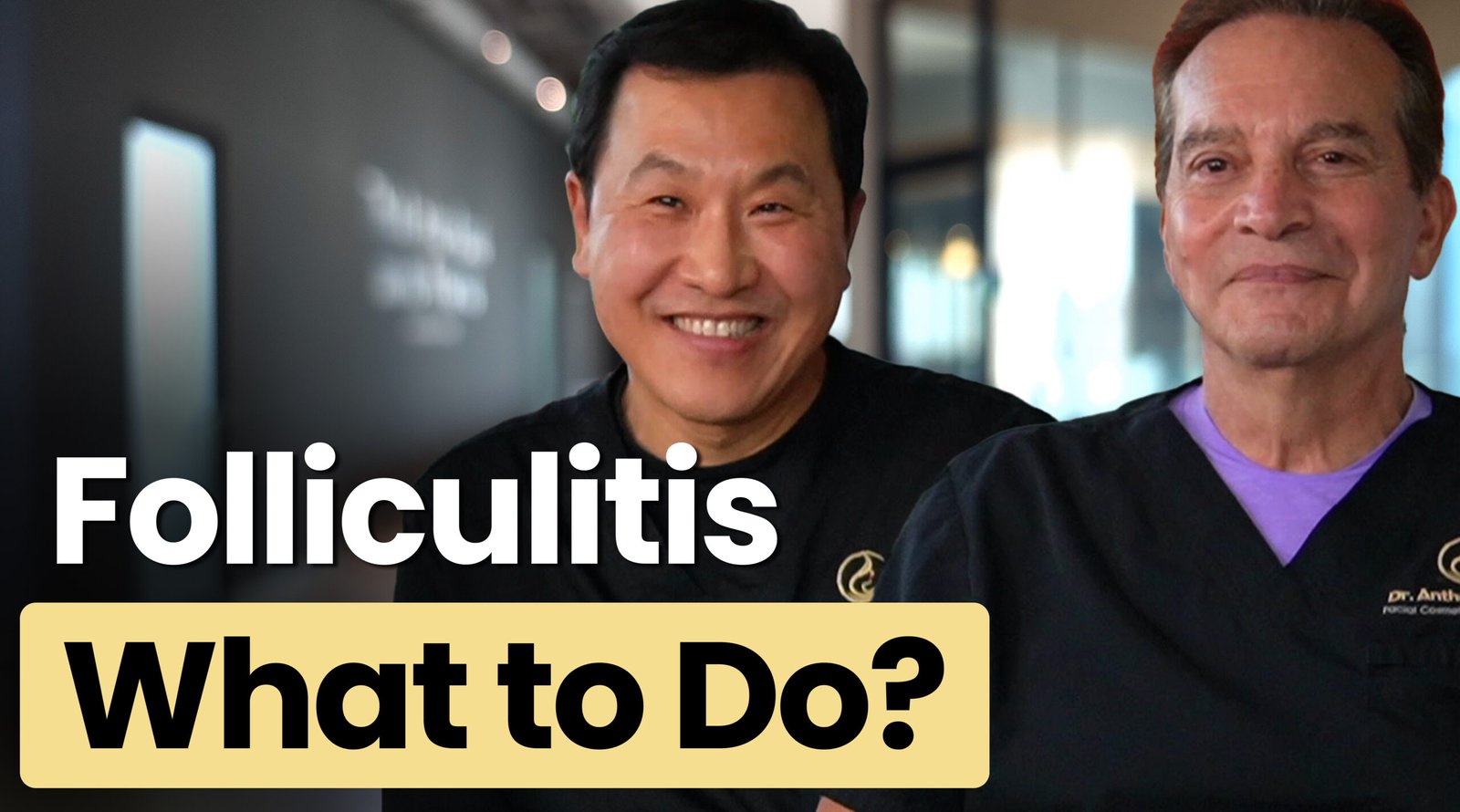Undergoing hair transplant surgery can feel nerve-racking, especially when you’re concerned about the possibility of failure. By understanding common causes of transplant rejections, you can adopt pre- and post-operative strategies to mitigate these risks and enjoy optimal results.
In this guide, we’ll explore the factors that contribute to a failed hair transplant. We’ll examine the most common reasons why hair transplants fail, identify early warning signs, and provide care tips to ensure lasting, natural-looking results from your hair transplant.
To transform your look at a reputable hair transplant clinic, contact Philadelphia Hair Restoration today.
Why Do Hair Transplants Sometimes Fail?
Hair transplants can occasionally fail due to several factors, including the surgeon’s expertise, post-operative care, and the patient’s health. Signs of failure include poor hair growth, resulting in sparse or patchy areas, and an unnatural-looking hairline, which may appear too straight or asymmetrical.
Excessive scarring, infections, and prolonged inflammation are other indicators of a failed transplant. Improper surgical techniques, inadequate sterilization, or failure to follow post-operative care instructions may all contribute to a botched hair transplant. By exploring these causes, prospective patients can make informed decisions and take preventive measures to enhance their chances of a successful outcome.
Inexperienced Surgeons
The skill and experience of your surgeon are critical to the success of a hair transplant. Inexperienced surgeons may lack the precision required for proper follicle placement, leading to unsatisfactory results.
Mistakes in technique can cause hair grafts to fail, resulting in patchy or unnatural-looking hair. It’s essential to research qualified and experienced hair transplant surgeons to achieve your desired outcome.
Poor Post-Surgery Care
Following post-operative instructions is essential for optimal outcomes. Neglecting proper care, such as avoiding strenuous activities, or failing to keep the scalp clean, can increase the risk of an unsuccessful hair transplant. It’s important to adhere to your surgeon’s guidelines to support the healing process and ensure the long-term success of your hair transplant.
Hair Graft Rejection
The body’s immune system may reject newly transplanted hair follicles, causing them to die. While rare, this complication underscores the importance of thorough preoperative evaluations. Comprehensive screenings can help surgeons understand a patient’s medical history and mitigate the chances of graft rejection.
Candidate Ineligibility
Factors such as insufficient donor hair, unrealistic expectations, or underlying medical conditions may impact hair transplant eligibility. By conducting thorough consultations and assessments, surgeons can ensure that only suitable candidates undergo transplant procedures. Identifying ineligibility early can prevent disappointing outcomes and guide patients toward alternative treatments.
Identifying Failure Early in the Recovery Process
Recognizing signs of potential failure early in the recovery process is paramount for addressing issues promptly and effectively. Early identification allows for timely interventions that can improve the chances of success.
Initial Shedding vs. Procedure Failure
It’s essential to differentiate between the initial shedding phase, where transplanted hair falls out before regrowth, and signs of actual procedure failure. While some shedding is normal, persistent lack of new hair growth or irregular patterns may indicate a problem. Understanding this distinction can prevent unnecessary concern and ensure proper follow-up care.
Long-Term Signs of a Failed Hair Transplant
Even after the initial recovery period, certain signs may suggest a failed hair transplant. Uneven or unnatural-looking hairlines, poor hair growth, and scarring may indicate procedural failure. If you experience persistent issues, schedule a consultation with a hair restoration specialist to explore corrective options.
Determining Whether Or Not You Are Suitable for a Hair Transplant
Several factors must be considered when determining eligibility for hair transplant surgery. Generally, candidates should have moderate to severe hair loss. Mild hair loss may not justify a transplant, as there might not be enough contrast between the transplanted and existing hair to achieve a noticeable improvement.
In addition, a successful hair transplant requires a supply of healthy hair follicles, typically taken from the back or sides of the scalp, which are areas less affected by hair loss. Candidates need to have enough dense and healthy donor hair to ensure that the transplanted hair will cover balding areas effectively. If the donor area is too sparse, it may not provide enough viable follicles for transplantation, which could compromise results.
Steps to Ensure Success for Future Hair Transplants
1. Pick A Clinic & Surgeon You Trust
A qualified professional can significantly increase the likelihood of achieving your desired results. When selecting a surgeon to perform your hair transplant, research their credentials, experience, and patient reviews to make an informed decision. By choosing a trusted surgeon, you can ensure your confidence and comfort throughout the hair transplant process.
2. Take Extra Care with Post-Operative Recovery
Following your surgeon’s post-operative care instructions can prevent complications and support the healing process. Avoid strenuous activities, keep the scalp clean, and attend follow-up appointments to ensure the long-term success of your hair transplant procedure.
3. Set Realistic Expectations & Goals For Your Results
It’s important to set realistic expectations for your hair restoration surgery results to ensure your overall satisfaction. Hair growth takes time, and results can vary, so discuss your goals with your surgeon to ensure they align with the procedure’s capabilities.
Post-Operative Care Instructions Following Your Hair Transplant Procedure
Following post-operative care instructions is essential for a smooth recovery and successful hair transplant results. Many surgeons may advise you to avoid touching or washing your hair for two days after your procedure. Adhering to these instructions helps prevent infections and ensures that the transplanted hair follicles are established properly. By taking diligent care during the recovery phase, you can enhance the overall success of your hair transplant.
Schedule Your Free Hair Transplant Consultation with Philadelphia Hair Restoration Today
If you’re considering undergoing a hair transplant but are unsure about your eligibility, Philadelphia Hair Restoration can help. Our skilled hair restoration specialists will evaluate your scalp and determine the most suitable hair transplant procedure to produce optimal results.
For more information about the restorative effects of hair transplants, contact Philadelphia Hair Restoration today.



